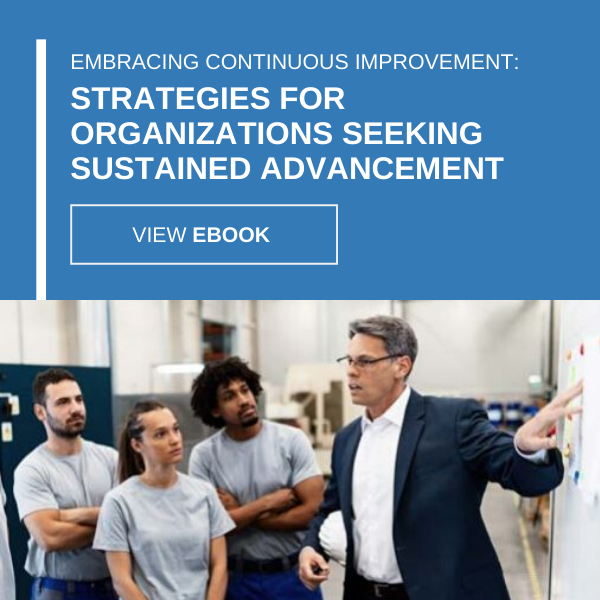
Did Your Company Plan for the Pandemic to End? If Not, It’s Not Too Late
How do you plan for the future when you’re just trying to get through the present? A present filled with crisis, uncertainty and wildly fluctuating demand, complicated by severely disrupted supply. If that situation sounds familiar, you’re not alone. We’ve all just lived through it.
Companies in just about every industry are riding the same supply-demand roller coaster, fueled by the ultimate disruptor of this century, COVID-19. Just a quick snapshot: The construction and furniture industries are now suffering from shortages of everything from lumber to foam, but demand is high as people, shuttered in their houses for the past year-plus, looked around and decided to spend their dollars on home improvements rather than vacations. Filling that demand, not so easy. Finished products like sofas and appliances are delayed because of shipping snafus. And that list goes on. Cars, chlorine, chips for video games, chicken, bacon (say it ain’t so!), and aluminum cans.
Not helping the problem: peaks and valleys in employment, with companies laying people off only to see demand for their products soar again.
It boils down to a whole lot of disruption, leading to long delays getting product to customers. Everyone is frustrated. The culprit, in the broad sense, is the pandemic. But closer to home, within your own company, it might be the result of lack of planning.
Many companies are in the same boat. Employees, managers and the C-suite alike have been focused on simply getting through the pandemic with the doors still open. We were dealing with work slow-downs because of new ways of working. Employees had to go through a dance of protocols (temperature checks, questionnaires) to even get onto the shop floor. Social distancing resulted in fewer people at work at one time, slowing it down even further. Supply chain disruptions ground businesses to a halt, or at least to a crawl. Demand in many industries dried up. For other industries, demand dramatically lessened as customers were put out of work and stopped buying much of anything that wasn’t a necessity.
We get it. Companies across all industries were just trying to keep their heads above water to get through the crisis. What they weren’t doing was planning for it to end.
Planning is the key
Now that there is an ever-growing light at the end of the pandemic tunnel, companies are scrambling to figure out what comes next. Dealing with current shortages of supply and, frankly, employees, as customer demand begins to creep up, it has been a struggle for people to define, forecast and plan for what comes next. The good news? We can help companies ramp up to meeting the demands of the coming months and beyond. It’s about efficiencies, planning and forecasting.
Here are some strategies we’ve seen to help companies ramp up for increasing demand in uncertain times.
Focus on efficiencies. If there was ever a time to throw out the “this is the way we’ve always done it” mentality, it’s now. It’s vital to focus on doing more with your current assets, even doing more with less. It’s about looking at your processes and procedures with a critical eye to determine if you can do things better, faster, leaner and more efficiently.
Implement a rolling forecast calendar vs. a yearly calendar. We recommend a flexible, rolling forecasting process, going 24 months out. When you’re finished with one month, it drops off and you add another at the end. Unlike a yearly forecasting and planning calendar that is written in stone once a year, this is flexible, requiring frequent refining, tweaking and amending, based on current market conditions. That concept, flexibility, is important here. If this past year-plus has taught us anything, it’s that the ability to be flexible, change plans, pivot and otherwise react or anticipate market conditions is vital to survival.
Sales, Inventory and Operations Planning. SIOP is a planning process that meshes demand forecasting with production, sourcing and inventory plans. Most people are used to this as the S&OP process, but at USC Consulting Group, we believe that leaves out the critical “inventory” piece of the puzzle. We feel SIOP is a more holistic approach that leads to greater efficiency.
Adopt an agile, lean mindset. Lean manufacturing is nothing new, and people think of it as optimizing inventory on the basis of demand. It’s about having enough, but not too much, inventory on hand. It’s also about carrying that mindset throughout your organization, with the goal of maximizing value for your customers while minimizing waste. It can also include things like employee cross training to make sure there are people on the job who can step in at critical moments.
At USC Consulting Group, we’ve been helping companies ramp up their operational efficiencies for more than 50 years. If you’d like to talk about how we can help you position yourself for a post-pandemic world, give us a call today.






